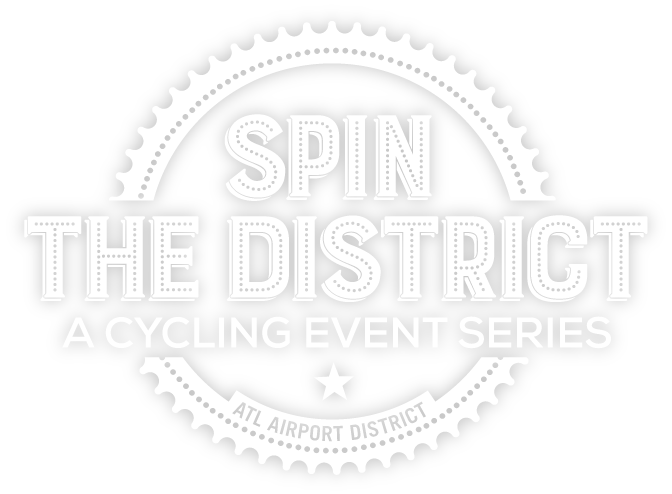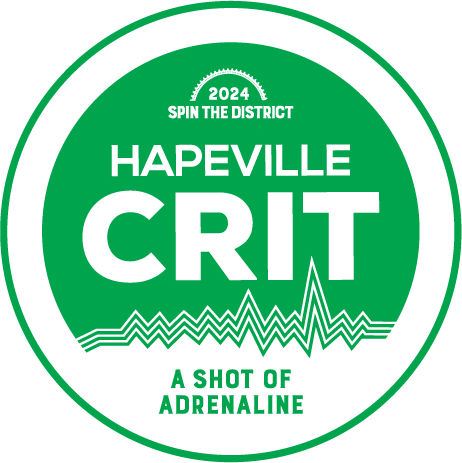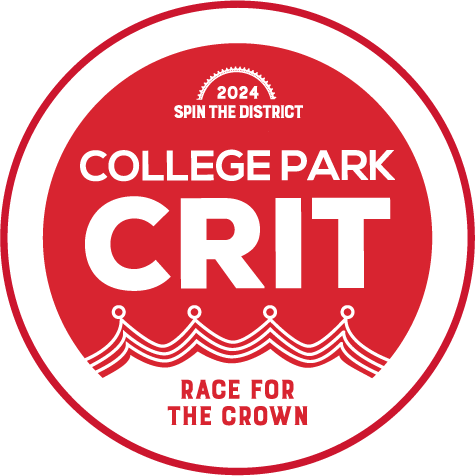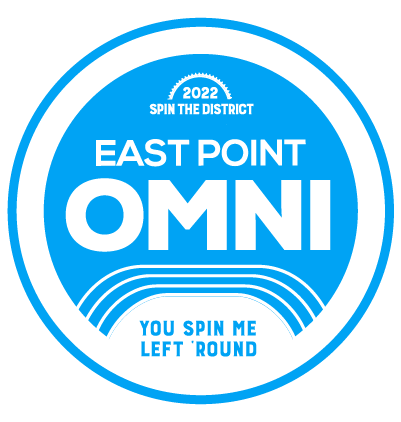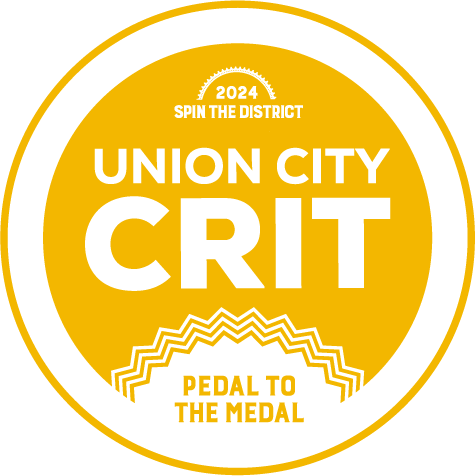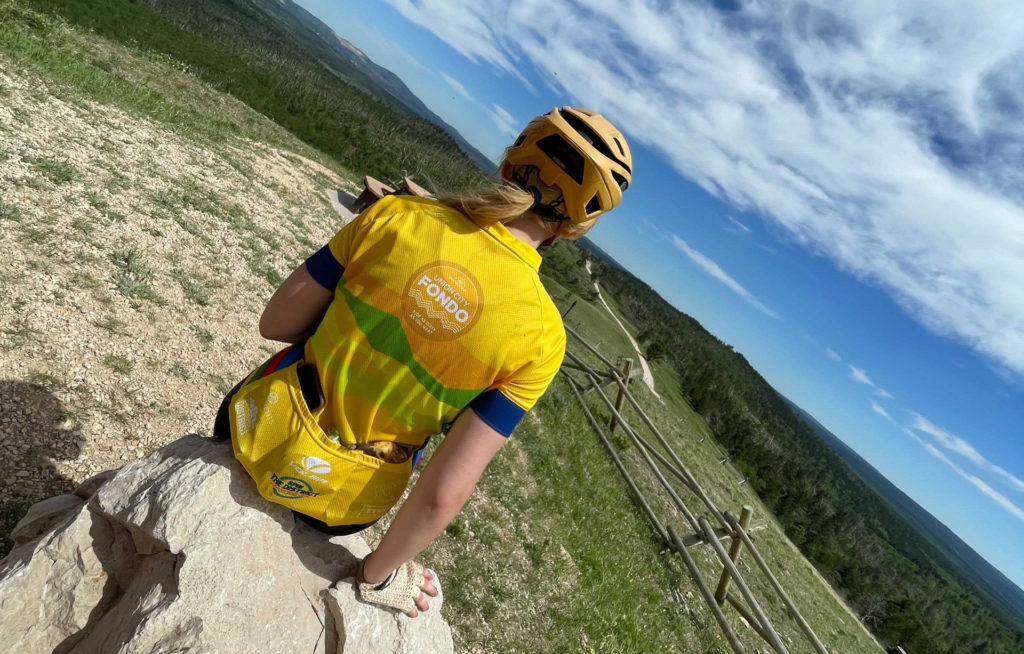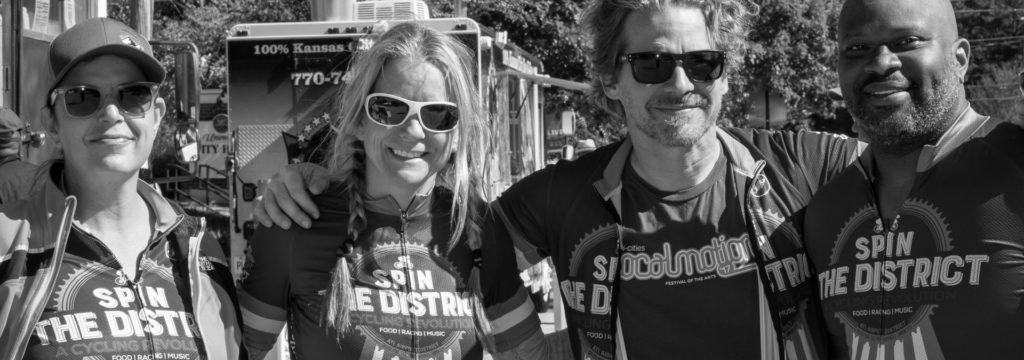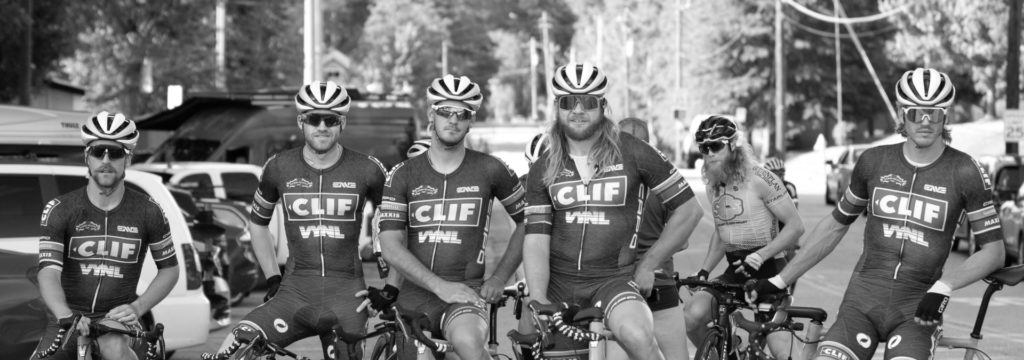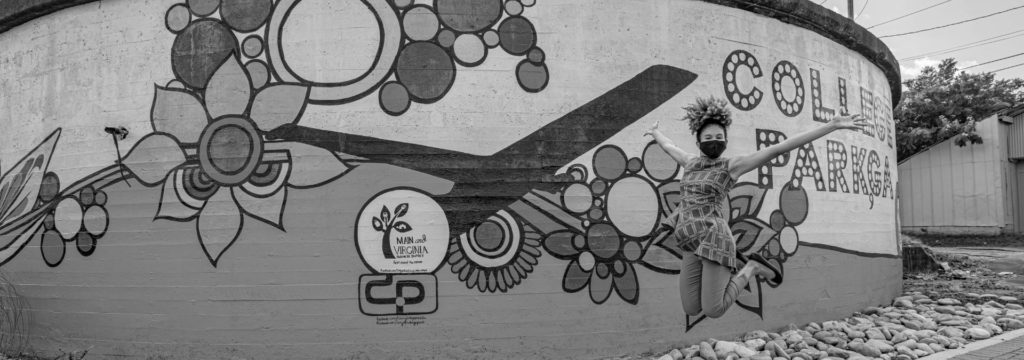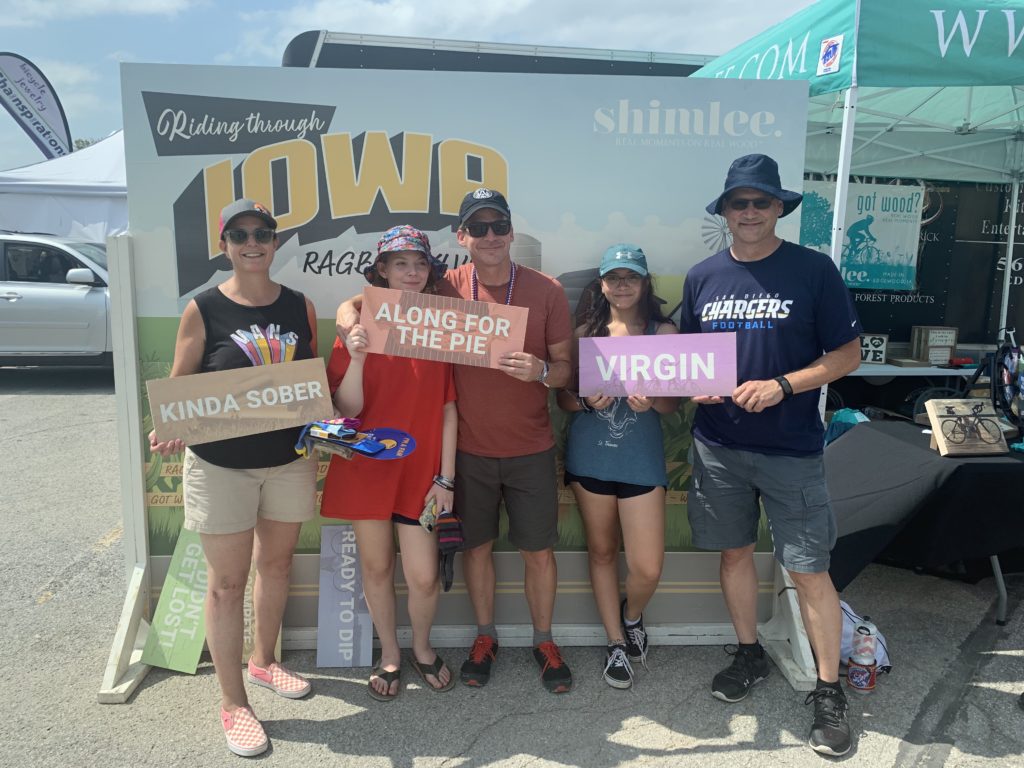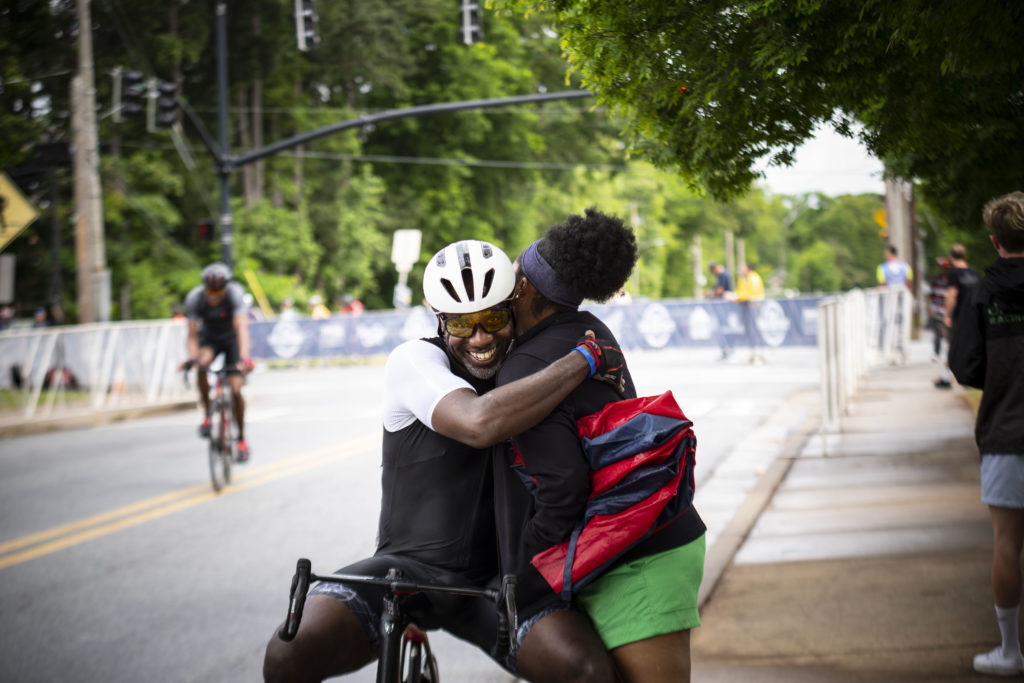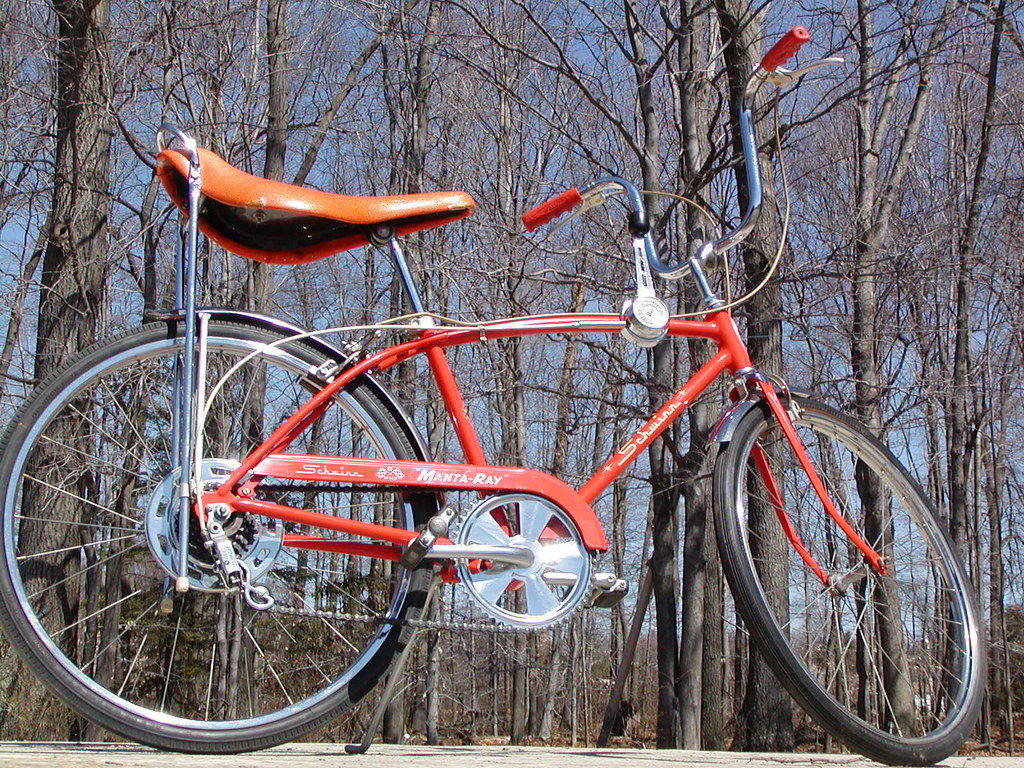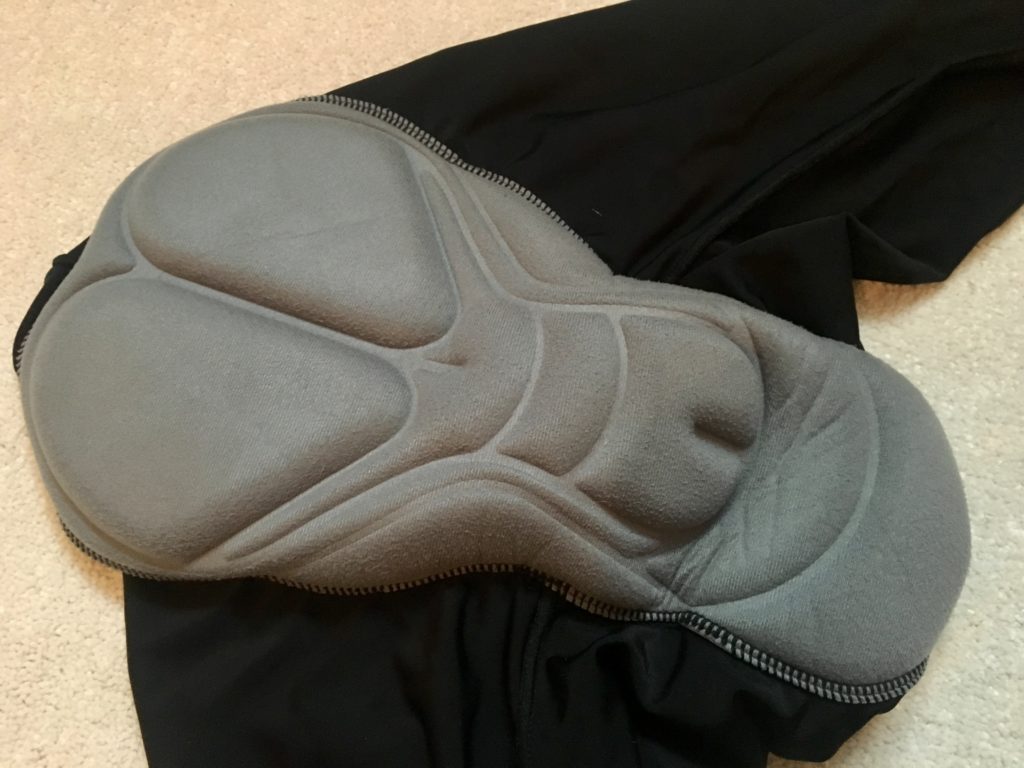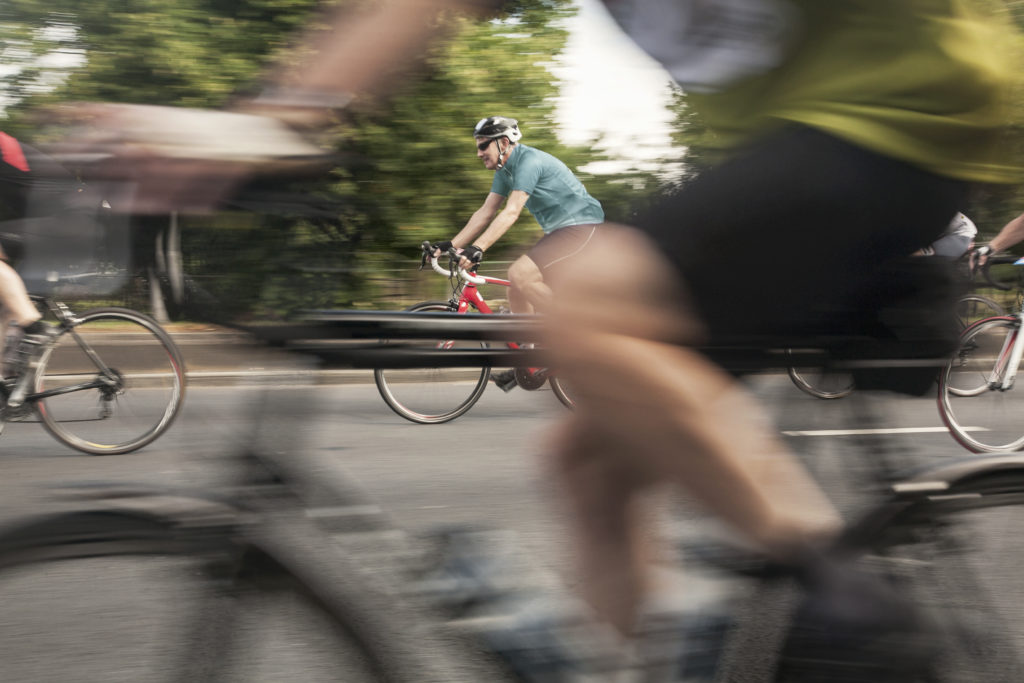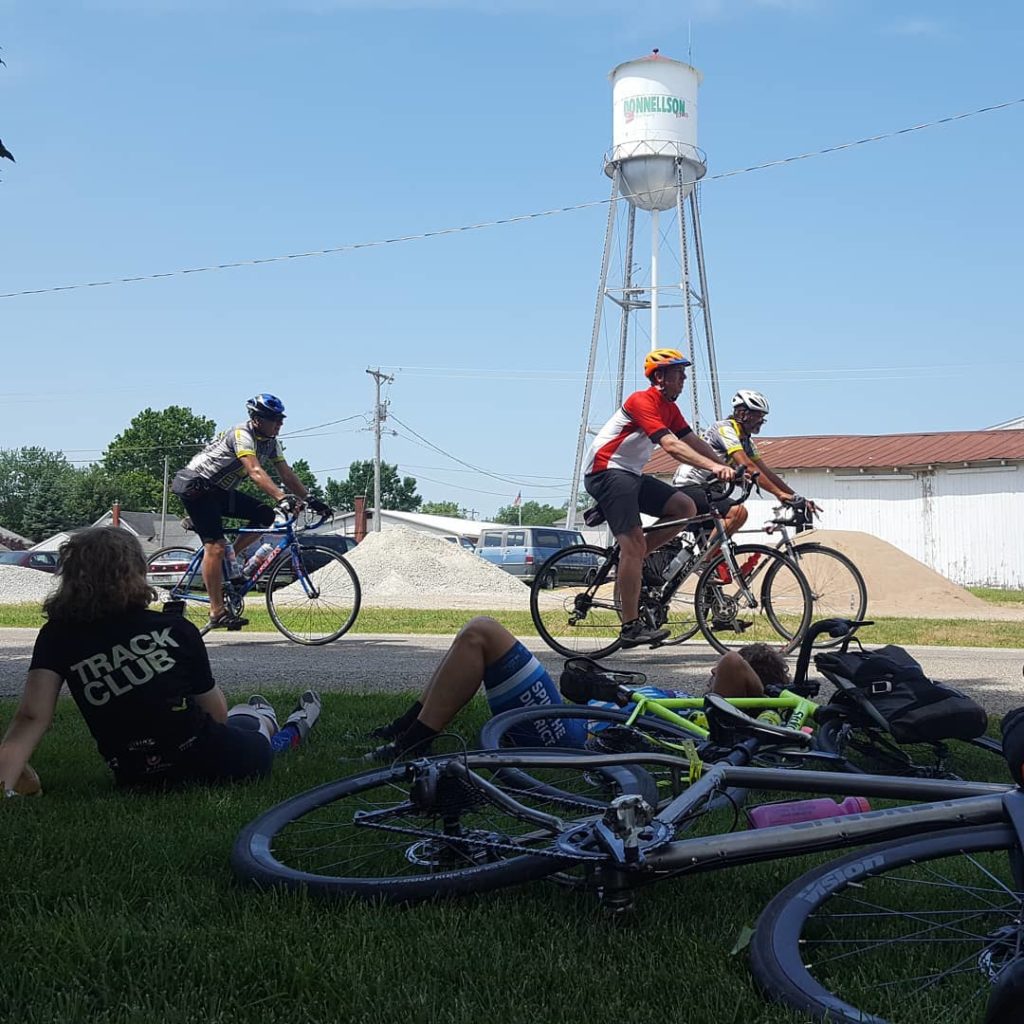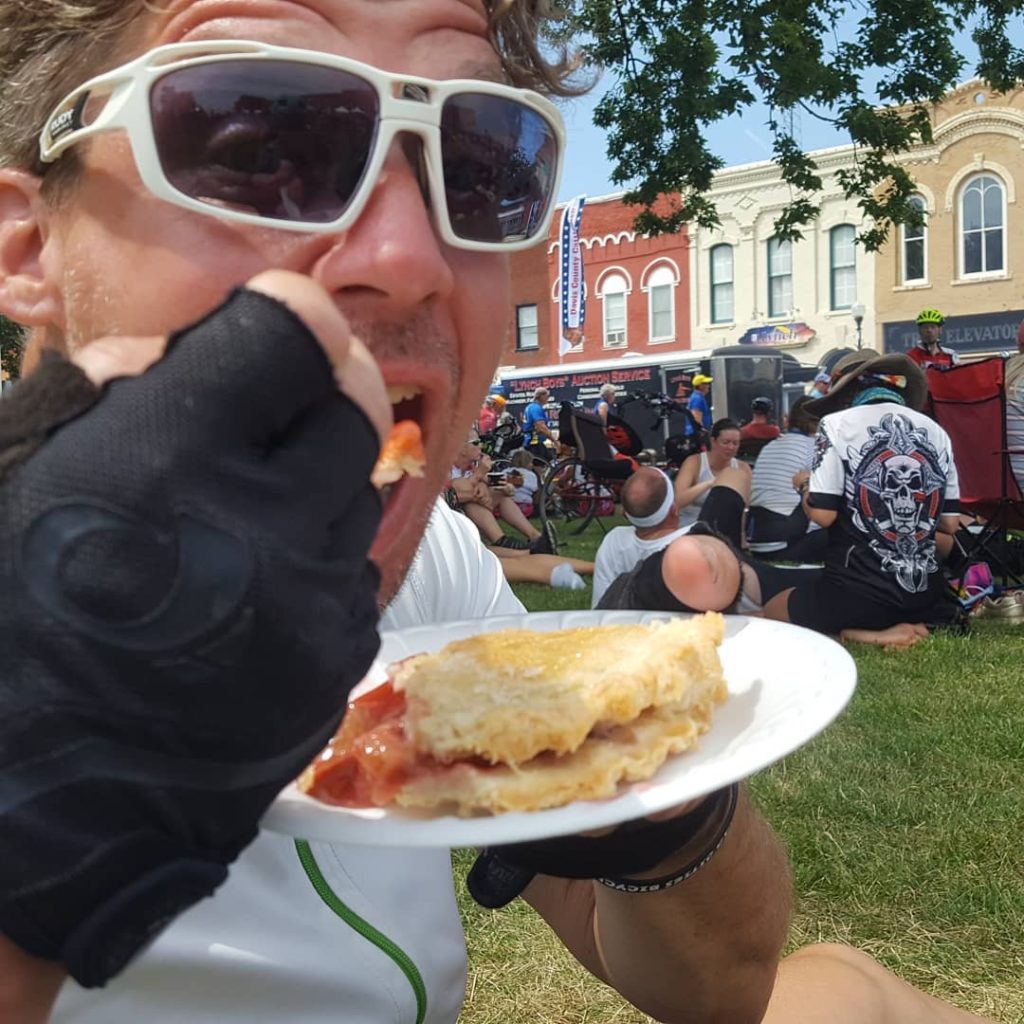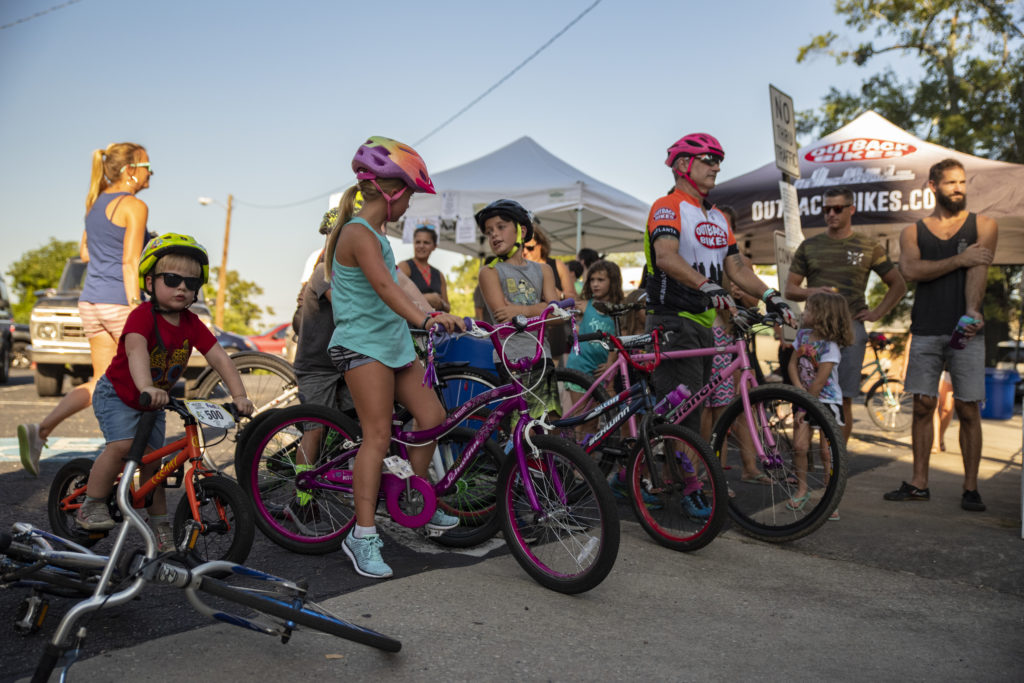
at the 2019 Hapeville Criterium kids races. Thanks Pete, SPIN and everyone in the Atlanta cycling community thanks you!
By Pete Wicker
If you ride a bike, you may have experienced the dreaded BONK! Also known as hypoglycemia, bonking feels like hitting a wall. This does not make for a great time on your bike.
Eating before you’re hungry and drinking before you’re thirsty sounds like good advice. There are a few things to remember. If your ride is an hour or less, water will get you through. If your ride is longer, a banana, energy gel, or bar every 45 to 60 minutes works best for me. Additionally, if it’s a hot and humid day, I use an electrolyte drink, usually in an easy-to-carry tablet form. I recommend you try a few different brands of energy foods to see how they work before any race-type workout. Always drink enough water: one to two bottles an hour on a hot day, or just one per hour on cooler days.
Recovery is probably the most overlooked part of cycling by novices. There is a 45- to 60- minute window to replenish muscle glycogen. Your body craves replenishment and will recover better with a mixture of carbohydrates and protein.
Personally, I love a variety of cycling activities. Velodrome Racing, Cyclocross, Gravel, Time Trials and Mountain Biking are a few of my favorites. Track Racing is the purest form of cycling that I enjoy most. With one gear and no brakes, it’s kind of like riding a rollercoaster—but your cycling nutrition shouldn’t be.
Peace,
Pete
Outback Bikes
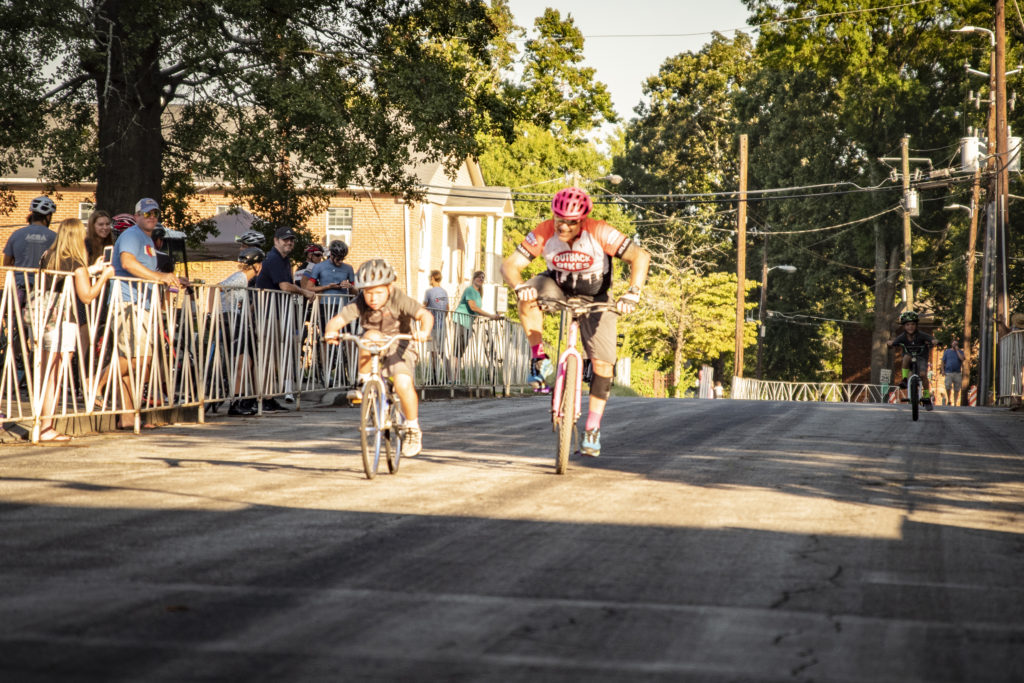
(or based on both of their faces, maybe Pete’s the one being pushed?)
